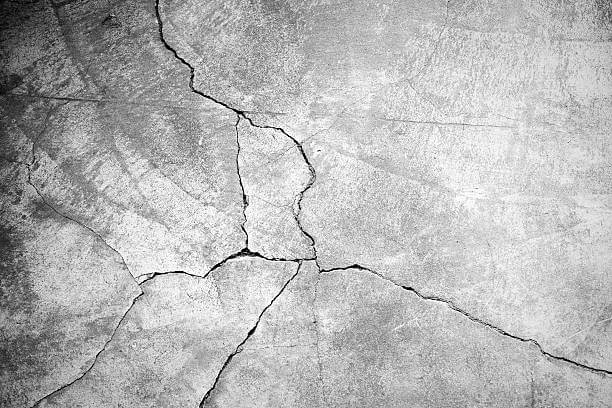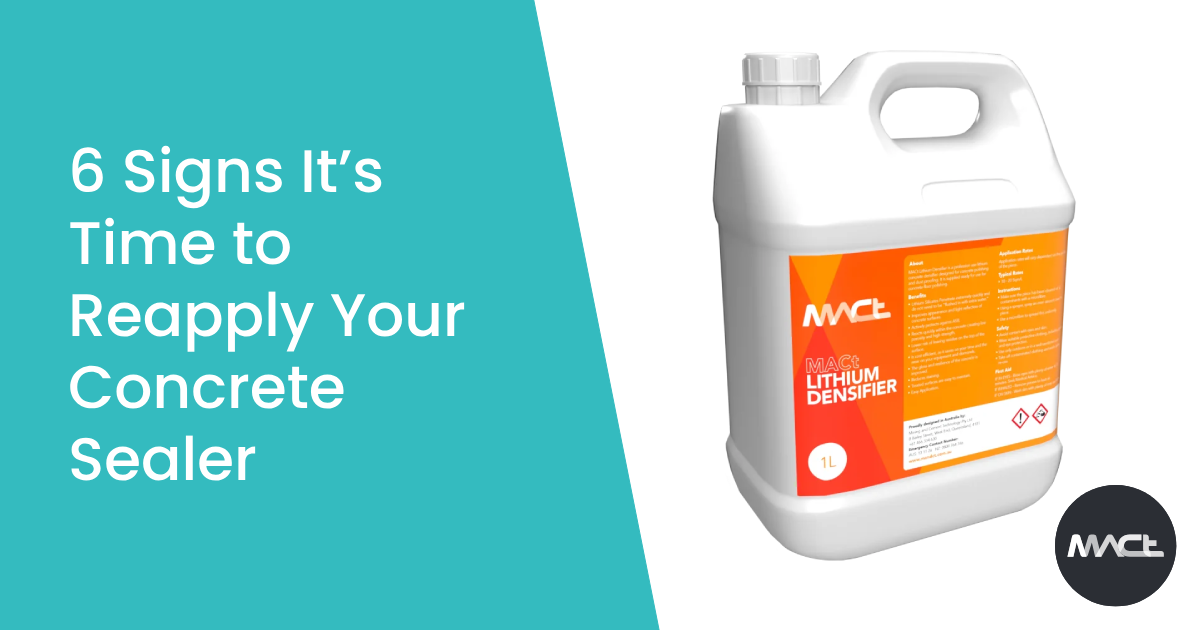GFRC & Concrete Cracking
Different types of cracks can form in GFRC and concrete, depending on the causes and the environment.
The major types of cracking in concrete are:
- Plastic shrinkage cracks: These concrete fissures develop during the first few days after the concrete is laid. They are triggered by rapid drying of the concrete, which causes it to shrink and fracture. The greatest method to avert plastic shrinkage cracks is to keep the concrete wet throughout the curing process. When concrete is subjected to hot or gale-force winds, it loses moisture too quickly, causing it to shrink and crack.
- The expansion of concrete causes expansion cracks. When concrete is exposed to heat, it expands and cracks due to this. The best method to prevent expansion cracks is to use low-heat Portland cement or an expansive admixture in the mix.
- Heating cracks: Heating concrete too quickly can cause it to expand and crack. The best way to prevent heating cracks is to heat the concrete slowly and evenly.
- Overloading cracks: These concrete cracks happen when the concrete is not strong enough to support the weight of the load. The best way to prevent overloading cracks is to use a stronger concrete mix or to reinforce the concrete with steel rebar or mesh.
- Corrosion Cracks: Corrosion cracks happen when concrete is exposed to too much moisture, which causes the steel reinforcement bars to rust and expand. The expanding steel puts pressure on the concrete, causing it to crack. The best way to prevent corrosion cracks is to use a waterproofing admixture in the concrete mix or to coat the concrete with a waterproof sealer after it has cured.
- Map Cracks: Map cracks are a type of plastic shrinkage concrete crack that forms a pattern that looks like a map. They happen when concrete dries too quickly, which causes it to shrink and crack. The best way to prevent map cracks is to keep concrete moist during the curing process.
- Drying shrinkage cracks: Drying shrinkage concrete cracks happen when concrete dries and shrinks. The best way to prevent drying shrinkage concrete cracks is to use a low water-to-cement ratio in the concrete mix or to use an expansive admixture in the concrete mix.
- Temperature differential cracks: Temperature differential concrete cracks happen when there is a difference in temperature between the concrete and the air. The concrete then expands or contracts, which causes it to crack. The best way to prevent temperature differential cracks is to keep the concrete and the air temperature consistent during the curing process.
- Restraint cracking: Restraint concrete cracks happen when concrete is restrained from expanding or contracting by something else, such as a wall or another slab of concrete. The best way to prevent restraint cracks is to use an expansion joint in the concrete so that it can expand and contract without being restrained.
- Settlement cracks: Settlement concrete cracks happen when the ground underneath the concrete settles, which causes the concrete to crack. The best way to prevent settlement cracks is to make sure the ground is compacted properly before concrete is poured.
- Thermal contraction cracks: Thermal contraction concrete cracks happen when concrete cools and contracts. The best way to prevent thermal contraction cracks is to keep concrete warm during the curing process.
- Alkali-silica reaction (ASR) cracks: ASR concrete cracks happen when the concrete reacts with certain types of aggregates, which causes it to expand and crack. The best way to prevent ASR concrete cracks is to use a low alkali cement or an ASR-resistant aggregate in the concrete mix.
- Freezing and thawing cycles: Freezing and thawing concrete cracks happen when water in the concrete freezes and expands, which causes the concrete to crack. The best way to prevent freezing and thawing concrete cracks is to use a concrete mix that has air entrainment or to use a concrete sealer that is breathable.
- Sulphate attack: Sulphate attack concrete cracks happen when concrete is exposed to sulphates, which causes it to expand and crack. The best way to prevent sulphate attack concrete cracks is to use a low alkali cement or a sulphate-resistant aggregate in the concrete mix.
- Chemical attack: Chemical attack concrete cracks happen when concrete is exposed to certain chemicals, which causes it to expand and crack. The best way to prevent chemical attack concrete cracks is to use a concrete mix that is resistant to the specific type of chemical that the concrete will be exposed to.
- Salt scaling: Salt scaling concrete cracks happen when concrete is exposed to salt, which causes it to expand and crack. The best way to prevent salt scaling concrete cracks is to use a concrete mix that is resistant to salt or to seal the concrete with a waterproof sealer.
- Efflorescence: Efflorescence concrete cracks happen when water evaporates from the concrete and leaves behind mineral deposits, which causes the concrete to expand and crack. The best way to prevent efflorescence concrete cracks is to use a concrete mix that has a low water-to-cement ratio or to use a concrete sealer that is breathable.
- Thermal expansion: Thermal expansion concrete cracks happen when concrete is exposed to extreme heat or cold, which causes it to expand and crack. The best way to prevent thermal expansion concrete cracks is to use a concrete mix that is resistant to extreme heat or cold.
- Moisture variation: Moisture variation concrete cracks happen when the moisture content in the concrete changes, which causes the concrete to expand and crack. The best way to prevent moisture variation concrete cracks is to use a concrete mix that has a low water-to-cement ratio or to use a concrete sealer that is breathable.
- Reinforcement corrosion: Reinforcement corrosion concrete cracks happen when the steel reinforcement in concrete corrodes, which causes the concrete to expand and crack. The best way to prevent reinforcement corrosion concrete cracks is to use a concrete mix that is resistant to corrosion or to use a concrete admixture that prevents shrinkage.
- Sulphate attack: Sulphate attack concrete cracks happen when concrete is exposed to sulphates, which causes it to expand and crack. The best way to prevent sulphate attack concrete cracks is to use a concrete mix that is resistant to sulphates or to use a concrete admixture that prevents shrinkage.
- Carbonation: Carbonation concrete cracks happen when concrete is exposed to carbon dioxide, which causes it to expand and crack. The best way to prevent carbonation concrete cracks is to use a concrete mix that is resistant to carbon dioxide or to use a concrete admixture that prevents shrinkage.
As you can see there are so many different types of cracking that can occur in concrete. It is important to be aware of the different types of cracking and how to prevent them. Concrete is a very strong material, but it is also very susceptible to cracking. By being aware of the different types of cracks that can occur, you can take steps to prevent them from happening.





